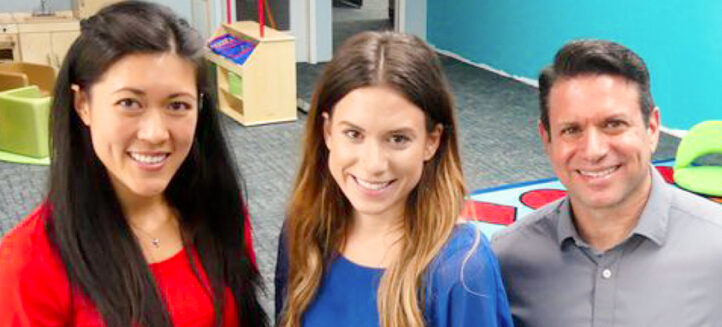Using Embedded Discrete Trials
May 2, 2014
By Dr. Debra Leach, EdD,BCBA
Have you heard of discrete trial training or even implemented a discrete trial training program for your child but still do not understand what a discrete trial is? Are you familiar with discrete trial training, but feel it is not right for your child? If either of these are the case, it would help you to understand what a discrete trial actually use and how embedding discrete trials into naturally occurring routines and activities can help teach your child many skills and positive behaviors.
Discrete trial training was first introduced in the 1970’s by Ivaar Lovaas. When this teaching approach was first introduced it consisted of one-to-one therapeutic training sessions implemented in isolated settings for 20-40 hours per week. While children were learning many communication skills, cognitive skills, and positive behaviors, the children often did not generalize what they were learning into their everyday routines and activities. Meaning, what they were learning in sessions was not always seen beyond sessions when they were with their family, in the community, or in school settings. Today, discrete trials are best used when they are embedded into ongoing activities within the child’s natural environment. This promotes motivation and generalization of the skills being learned.
A discrete trial consists of a specific teaching sequence that begins with some sort of request/direction/question/comment that the child is expected to respond to. Then the child should display the desired behavior. If so, then there is a positive consequence in the form of positive reinforcement. However, if the child does not display the behavior after the initial request, a prompt is used to help the child respond appropriately. Prompts are some type of assistance which can be verbal cues, gestural cues, or physical guidance. Once the child responds appropriately after the prompt, positive reinforcement is delivered. The next time the teaching sequence is implemented, you would attempt to get the child to respond without the prompt, but if a prompt is needed, use prompting/fading procedures until the child can perform the behavior independently. Thus, a discrete trial consists of an A-B-C teaching sequence: antecedent (request), behavior (desired response), consequence (positive reinforcement). However, if the child does not respond, then the teaching sequence should be A-P-B-C where the P represents the prompt you are using (then fading out) to help the child respond appropriately.
An embedded discrete trial simply means that you are using the teaching sequence discussed above within a naturally occurring routine or activity to teach a specific skill or behavior. For example, if you are teaching your child to request desired items by labeling them, you can use embedded discrete trials during meal times. You can hold up an item as the antecedent (request), the child will label the item (“French fry”), and you provide natural positive reinforcement by giving the child the French fry. If the child did not respond when you held up the French fry, you may prompt the child by saying, “What do you want,” or by saying “French fry” and having the child imitate. When the child responds, you give the child the French fry as positive reinforcement. Embedded discrete trials can be used to teach many communication skills, social interaction skills, cognitive skills, independent functioning skill, and positive behaviors.
For further assistance with using embedded discrete trials, parents and teachers can consult with a board certified behavior analyst (BCBA). BCBA’s can provide hands-on training and support to help parents and teachers learn how to use embedded discrete trials effectively as well as a variety of other effective teaching strategies.





